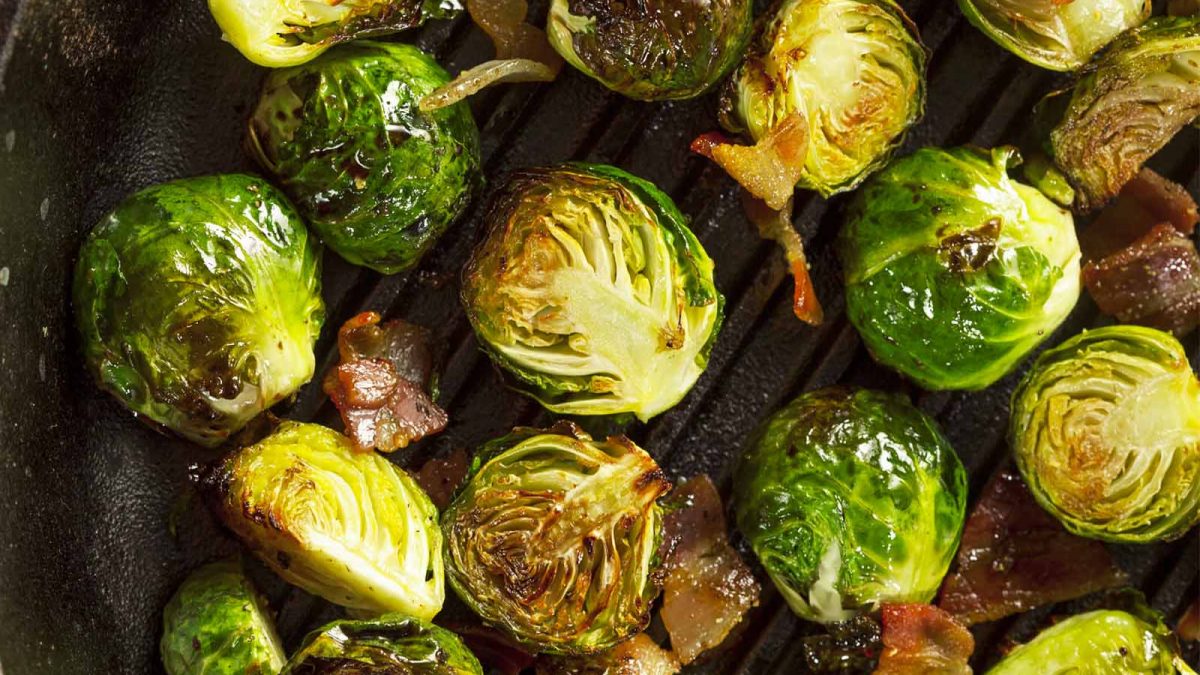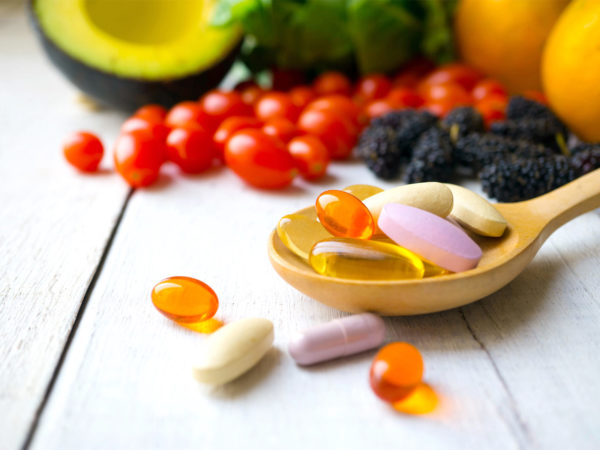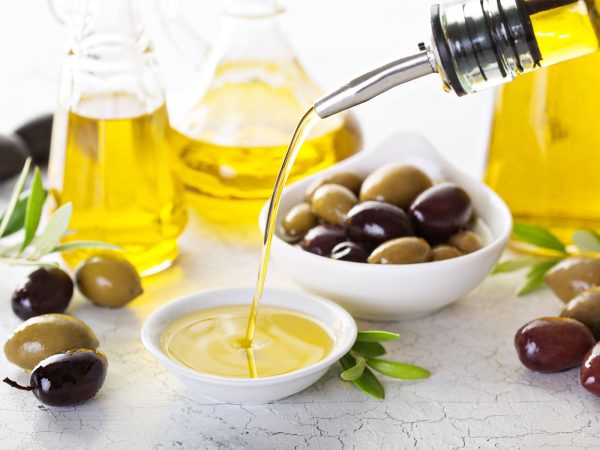Cruciferous Veggies and Cancer (And How To Maximize Their Benefits)
You know the distinct “bite” of broccoli? That powerful flavor is packed with cancer-fighting compounds. You see, when we chop or chew cruciferous vegetables, an enzyme called myrosinase interacts with glucosinolates and releases a variety of compounds called isothiocyanates.
Cruciferous Veggies and Cancer: Boost Antioxidants, Detoxify and Halt Cancer Growth
In human cells, isothiocyanates induce the body’s phase II detoxifying enzymes, including glutathione. These enzymes play important roles in protecting cells from DNA damage by carcinogens and free radicals and also act as detoxifiers.
Unlike normal cells, cancer cells divide unchecked and lose their ability to respond to the body’s cell death signals. Isothiocyanates have been found to inhibit proliferation and induce programmed cell death (or apoptosis) in a number of cancer cell lines. In fact, eating 5 or more servings of cruciferous vegetables per week has been associated with significant reductions in cancer risk in some studies.
Cruciferous Veggies: Maximizing the Benefits
Because cooking cruciferous vegetables greatly reduces the levels of glucosinolates in foods, it is important to lightly steam or quickly sauté to achieve the most health benefits.
Here is the breakdown of glucosinolates in foods:
- Brussels Sprouts: 1/2 cup, 104 mg/serving
- Mustard greens: 1/2 cup, 79 mg/serving
- Turnips: 1/2 cup, 60 mg/serving
- Cabbage, savoy: 1/2 cup, 35 mg/serving
- Kale: 1/2 cup, 34 mg/serving
- Watercress: 1 cup, 32 mg/serving
- Kohlrabi: 1/2 cup, 31 mg/serving
- Cabbage, red: 1/2 cup, 29 mg/serving
- Broccoli: 1/2 cup, 27 mg/serving
- Horseradish: 1 Tbsp, 24 mg/serving
- Cauliflower: 1/2 cup, 22 mg/serving
- Bok choy: 1/2 cup, 20 mg/serving




Leave a Reply